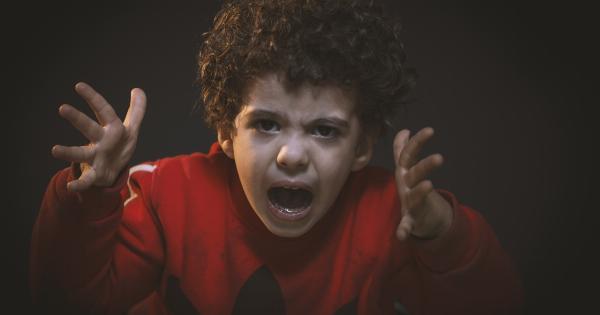Christmas is a festive time of year that brings joy and happiness to many people. However, for certain individuals and groups, this holiday season can also pose unique challenges and hazards to their well-being.
From individuals with allergies to those with mental health issues, there are various at-risk groups that need to take extra precautions during the holiday season. In this article, we will explore some of these at-risk groups and discuss why Christmas can be hazardous for their systems.
Allergies and Asthma Patients
For individuals who suffer from allergies or asthma, the holiday season can be particularly challenging.
Many Christmas traditions involve the use of scented candles, potpourri, and live Christmas trees, which can trigger allergic reactions or asthma attacks. The fragrance from these items can irritate the airways, leading to coughing, wheezing, and difficulty breathing. Furthermore, dust and mold that accumulate on holiday decorations, such as ornaments or wreaths, can also be a source of allergens.
To minimize the risk, individuals with allergies and asthma should consider using unscented candles or electric candle alternatives. Additionally, artificial Christmas trees can be a safer option as they do not release allergenic substances.
Regular cleaning and dusting of decorations can also help reduce the accumulation of allergens.
Patients with Chronic Illnesses
Individuals with chronic illnesses, such as diabetes, heart disease, or autoimmune disorders, need to be cautious during the holiday season.
The abundance of rich, sugary foods and alcoholic beverages can tempt them to deviate from their regular dietary restrictions, which can negatively impact their health. Moreover, the stress and excitement associated with the festivities can also have adverse effects on their conditions.
To protect their health, individuals with chronic illnesses should prioritize self-care and adhere to their medical treatment plans.
This includes being mindful of their food choices, monitoring their blood sugar levels, and avoiding excessive alcohol consumption. Additionally, it is important for them to take breaks and engage in stress-reducing activities to maintain their overall well-being.
Elderly Individuals
Christmas can be a joyous time for many, but it can also be a challenging period for the elderly. The cold weather, slippery pathways, and increased social demands can all contribute to a higher risk of accidents and falls.
Additionally, feelings of loneliness and isolation can be more pronounced during the holidays, leading to adverse effects on mental health.
To keep elderly individuals safe during Christmas, it is crucial to ensure their environment is hazard-free by removing any potential tripping hazards and maintaining clear pathways.
Regular check-ins and social visits can help combat feelings of loneliness. Furthermore, encouraging them to participate in light exercises and activities can enhance their physical strength and balance.
Children and Pets
While Christmas brings great joy to children, it also exposes them to various hazards. The ornaments, lights, and candles that adorn the house pose risks of choking, burns, and electrocution.
Similarly, pets may be attracted to shiny decorations or ingest harmful substances, such as chocolate or toxic plants.
Parents should carefully select age-appropriate decorations, keeping small and breakable items out of reach of young children. The use of safety gates or playpens can create designated safe areas for toddlers.
As for pets, special attention should be given to keeping potentially harmful items out of their reach and providing them with safe and pet-friendly alternatives for play.
Individuals with Mental Health Issues
Christmas can be a stressful time for individuals with mental health issues, such as anxiety, depression, or seasonal affective disorder (SAD).
The pressure to meet societal expectations, the financial strain associated with gift-giving, and the disruption of routines can all contribute to heightened emotional distress.
To support individuals with mental health issues during Christmas, it is important to encourage open communication and provide a safe space for them to express their emotions.
Offering support and understanding without judgment can go a long way in alleviating their stress. Encouraging self-care practices, such as maintaining a routine, getting enough sleep, and engaging in relaxing activities, can also help manage their mental well-being.
Conclusion
While Christmas is a time of celebration and joy, it is essential to recognize that it can also be hazardous for certain at-risk groups.
Individuals with allergies and asthma, chronic illnesses, the elderly, children, and individuals with mental health issues all need to take precautions to ensure their well-being during the holiday season. By being mindful of these hazards and implementing safety measures, we can ensure that everyone can enjoy the festive spirit of Christmas without compromising their health.






























